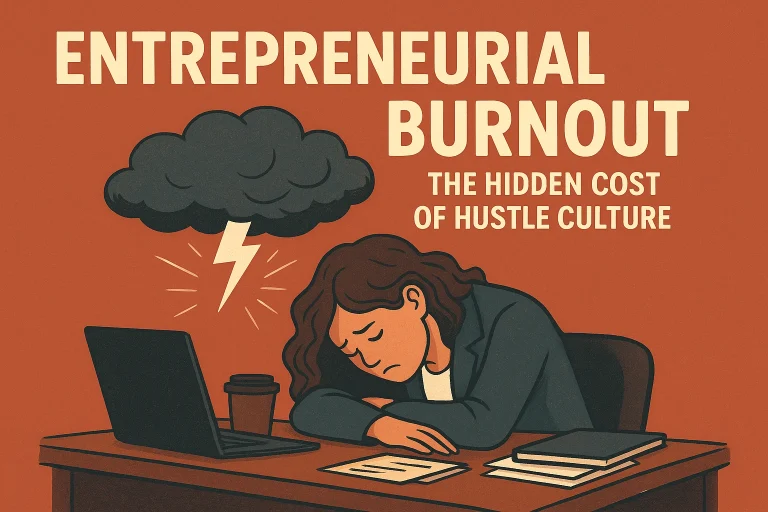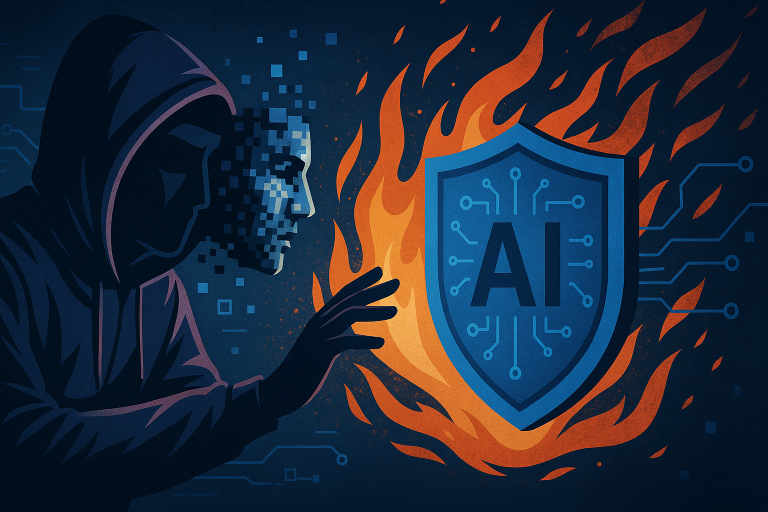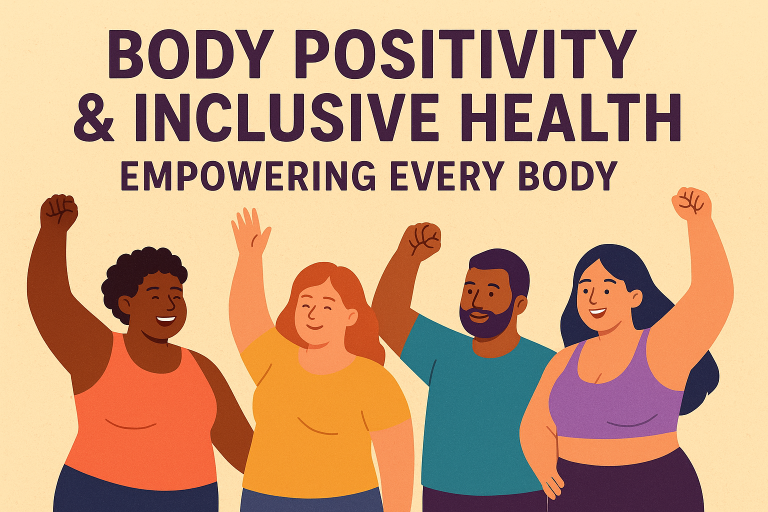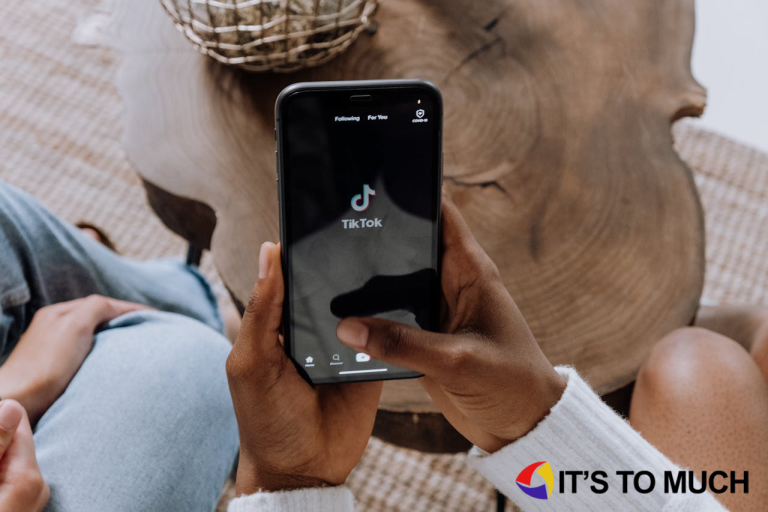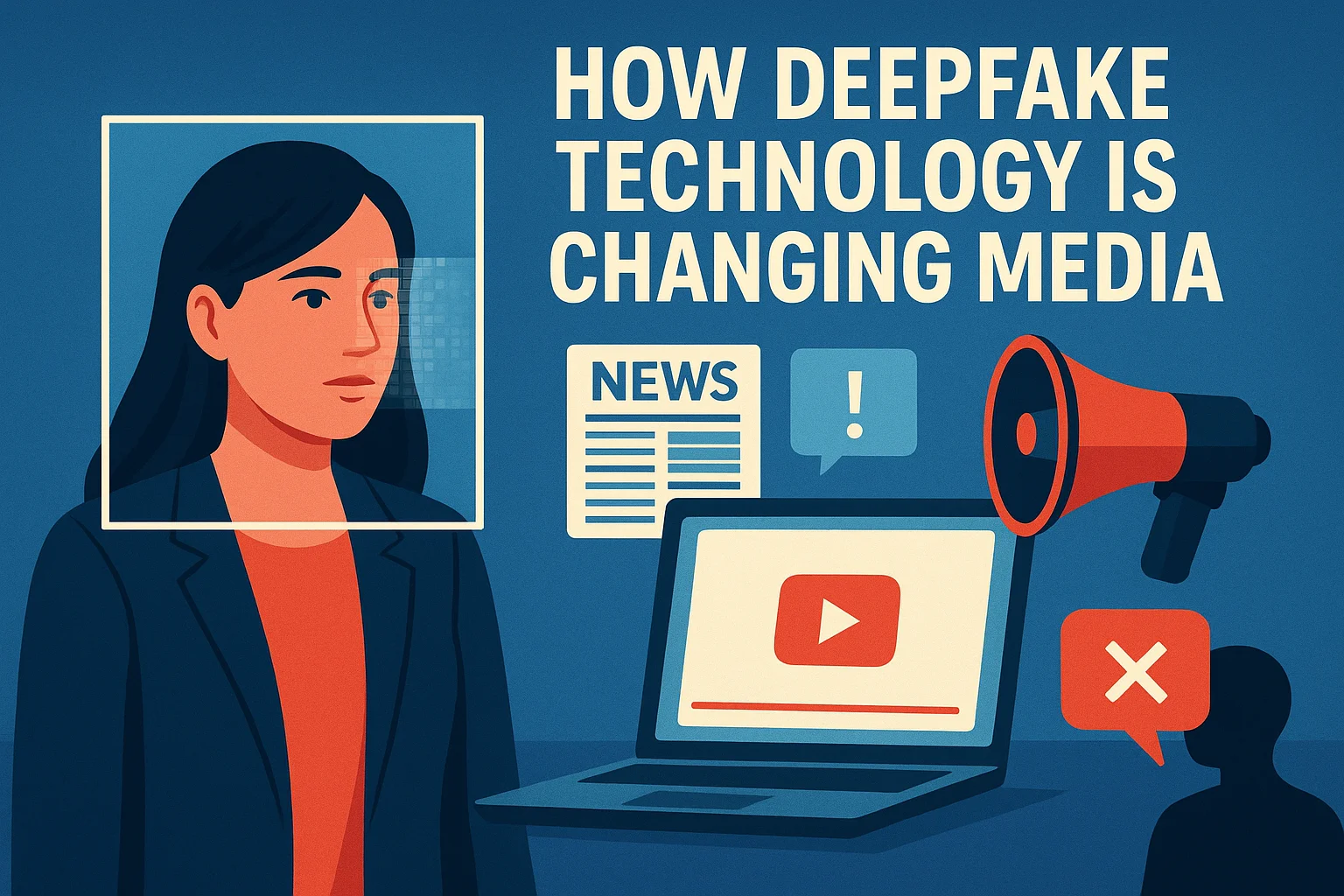
Deepfake Technology Is Changing Media
Deepfake technology is one of the most disruptive technologies of our time. Using AI, it makes voices, pictures, and movies that look and sound like real life. Deepfakes let computers copy how people move, speak, and look in a realistic way. This ability has changed how people make, use, and change content. The same innovation that encourages creativity also makes people question truth and trust around the world. Deepfakes are transforming how people tell stories online in politics, advertising, and Hollywood. They affect more than just entertainment; they also affect education, the media, and security. This article looks at how deepfake technology affects false information, advertising, and the news. It also talks about moral problems and future possibilities in synthetic media ecosystems. Deepfake Technology Is Changing Media by transforming how videos and images are created and consumed online.
Deepfake Technology Is Changing Media
1. Knowing about deepfake technology
Deepfakes are fake media made by AI using neural networks and machine learning. They use a lot of techniques, like Generative Adversarial Networks (GANs). A GAN is made up of two parts: the generator and the discriminator. The discriminator looks for things that aren’t real, while the generator makes things that aren’t real. Over time, both networks get better, making almost perfect copies of sound or images. Deepfake Technology Is Changing Media ethics, forcing companies to rethink content verification. The digital content made by this feedback loop is the same as real-world content. You can now make effects that used to require a Hollywood studio on a laptop.
Tools for making deepfakes are becoming more common, so you don’t need to know how to code to make them anymore. Mobile apps and open-source frameworks are making it easier to make fake content. This ease of access encourages creativity, but it also raises new moral and legal questions.
2. The Use of Deepfakes in Making Media Today
The media industry is using deepfakes to change how stories are told visually. Filmmakers use them to make actors who have died look like they are still alive or to make actors look younger. As virtual doubles replace expensive reshoots and prosthetics, the cost of production goes down. Directors can be more creative without losing realism in the visuals. Documentarians use deepfakes to bring historical events back to life in a way that is both emotional and visual. This way of telling the story keeps the audience interested and makes them feel more involved. Television networks use deepfake technology to make shows from around the world available in different languages.
The actors’ lip movements can easily match the translated speech. The final product is media that always connects with people on an emotional level and adapts to different cultures. Deepfake-based dubbing successfully makes things more accessible and reaches more people around the world. As Deepfake Technology Is Changing Media, it also raises concerns about misinformation and trust.
3. The Growth of Fake Influencers
Deepfake technology has made virtual influencers possible, which is a new thing. These characters, which are made by AI, talk to people on a number of social media sites. They do marketing work for brands without being limited by the real world. Virtual influencers don’t have to deal with disagreements, age, or tiredness like real people do. They always and perfectly show what the brand stands for. Companies like the people who make Lil Miquela are able to make money off of these digital characters. People often talk to them as if they were real people. This makes it harder to tell the difference between real life and marketing simulations. Synthetic influencers make it possible for ads to tell stories all the time and in a controlled way. They also cut down on the costs of celebrity contracts and bad behaviour.
4. Personalised Marketing with Deepfake Customisation
Deepfakes make it possible to have large-scale video marketing experiences that are very unique. AI can make personalised ads with famous people or endorsements from celebrities. Think about an ad in which your favourite actor calls you by name. Brands use deepfake technology to make each viewer feel like they know them personally. This customisation makes it easier for people to remember, connect with, and engage with the content. Marketers use AI avatars to quickly adapt ads to different cultures. In the same ad, the speech, look, and tone can all be changed automatically. This technology speeds up the process of making content more relevant to different regions and gets rid of production delays. These kinds of ads tell interesting stories that are focused on the customer. Still, consent and openness are important for following moral marketing rules.
5. Fake News Anchors and Deepfake News
A lot of news organisations are testing AI-generated anchors and presenters. These fake anchors can give news in many languages around the clock. They never look tired, ask for breaks, or make mistakes. Countries like China have already used deepfake news anchors in public. AI-powered anchors make it easier for people to get news in places where there aren’t many journalists. They can quickly translate and send news around the world. But their rise makes people question how honest and trustworthy the audience is. Can an AI-generated journalist really take the place of human empathy and judgement? The future of media is determined by how well credibility and efficiency work together. The impact of deepfake journalism on the truth will be contingent upon its judicious application.
6. Deepfakes in Fan Interaction and Fun
The entertainment industry uses deepfakes to bring back interactive storytelling and feelings of nostalgia. In modern movie worlds, it’s easy for characters from the past to come back. Fans watch as famous actors and icons get together online. Gaming companies use deepfake avatars to make each player’s experience unique. Players can get lost in gaming worlds with a strong story by looking at them. This level of interaction makes emotional connections to made-up places stronger. AI doubles are used in music videos to try out new ways of showing things. Artists get more attention by doing digital performances on more than one platform. Stars with AI perform at virtual concerts that people all over the world watch. In this age of deepfakes, entertainment is both immersive and endless.
7. The Misinformation Crisis: When Reality Is Not Required
Deepfakes put the integrity of information at risk, even though new uses are becoming more popular. Dishonest performers use them to set up speeches, fights, and false confessions. When deepfakes do a good job of copying real leaders, political lies spread faster. These kinds of videos can change how people see things and cause trouble during elections. These distortions are made worse by social media’s use of algorithmic virality. When graphics look real, it’s hard to argue against false stories. Because of this, people no longer trust visual evidence as much as they used to. Democratic discourse deteriorates fatally when reality is questioned. When deepfakes are around, authenticity becomes a fight between what people think and what they can prove. Digital scepticism and media literacy are essential in contemporary societies.
8. Cultural and Psychological Effects
Deepfake realism tests how people see reality and themselves. Cognitive dissonance happens when people you know say things that aren’t true. This misunderstanding leads to social polarisation and emotional manipulation. Deepfakes can also hurt people’s reputations for good. People who are victims of non-consensual deepfake videos have serious mental health problems. Such misuse harms digital dignity and personal safety. Deepfakes change the way we think about authenticity when it comes to remembering things and telling stories. Generations may grow up doubting the truth of their visual history. The nature of reality presents an ontological dilemma that challenges politics, art, and society alike. The line between fact and fiction gets thinner and more permeable.
9. Recognising and fighting false information
Researchers are making advanced tools to find altered media. Deepfake detection uses AI models that have been trained on both fake and real-world data. These systems look for changes in how things move, how bright they are, or how people feel about their faces. Forensic watermarking helps make sure that original content is from the right place. Companies in the tech industry work together to make international databases of verified content. Now, social media sites mark suspected deepfakes to stop the spread of false information. Governments are putting in place rules about deepfake consent and openness. Efforts to raise public awareness encourage people to check the facts before sharing questionable information. Defensive models automatically keep an eye on generating fingerprints, which shows that AI can beat AI. But detection needs to change all the time, even though creation tools are getting better all the time.
10. Ethical and Legal Frameworks for Synthetic Media
Ethical standards must be followed for responsible deepfake innovation. Consent must always be the first thing to think about when using real identities to make synthetic things. Around the world, laws are being made to stop the misuse of deepfakes. Some places don’t allow harmful impersonation or fake synthetic content. AI ethical boards are now part of corporate governance models to keep an eye on things. Transparency rules say that you have to tell people when content has synthetic parts. Laws about intellectual property need to change to protect likeness rights on the internet. Without strict rules, innovation could turn into manipulation. Finding a balance between responsibility and creative freedom is what deepfake ethics is all about. International cooperation is needed to set common standards for AI content.
11. Possibilities for Positive Outcomes
Deepfake technology has the potential to bring about huge changes in society, even though it comes with risks. You can make lessons more interesting by bringing historical figures back to life in the classroom. Students can talk about history with Cleopatra or Einstein online. Synthetic patient avatars are used in healthcare for medical training and exercises that help people understand how others feel. These simulators make it easier for doctors to talk to patients and make better diagnoses. Film restoration uses deepfakes to fix broken images and get back missing footage. Projects use AI to protect cultural heritage and revive old ceremonies and performances. Nonprofits make fake voices for people who can’t speak anymore. Deepfakes’ design, which is based on compassion, can help people who don’t have a voice get their identity back. Positive applications show that ethics, not technology, decide how much influence someone has.
12. The Importance of Media Literacy and Public Awareness
Technology alone cannot completely fix the deepfake problem. To find and question digital authenticity, societies need to learn how to use media. Schools and colleges should teach students how to think critically about the digital age. People need to be able to check the truth of visual content before they believe or share it. All media people use every day should include built-in fact-checking tools. When the community checks the truth, everyone becomes less likely to lie. By understanding how deepfakes work, people can protect themselves from being deceived. Campaigns for education can help people understand AI better and encourage them to use technology in a responsible way. When people are more aware, misinformation can’t trick them as easily. From movies to marketing, Deepfake Technology Is Changing Media production and redefining creativity. A well-informed public is the best way to protect against fake news.
13. Business Responsibility in the Age of Deepfake
Brands need to use transparency-first methods in their deepfake marketing campaigns. Customers appreciate clear honesty about how creators make and use synthetic content. Being open and honest sets moral businesses apart from dishonest ones and builds trust. Marketers should set up permission procedures before using digital likenesses. Regulated cooperation between advertisers and AI developers makes sure that everyone is responsible. Companies need to pay for AI ethics training and rules for their own employees. They should work with researchers to find deepfake abuse early on. Reputation management now includes keeping an eye on synthetic content around the world. Ethical innovation is a business goal that is both morally and strategically sound. In the future, brand value will depend on honesty, not lies.
14. Future Changes: Synthetic Media Ecosystems and Deepfake 2.0
Next-generation deepfakes use multimodal intelligence in addition to faces and voices. AI can now easily copy small changes in emotions and full-body movements. With real-time deepfake broadcasting, you can have live interactive shows or meetings. Soon, virtual people might be able to live with real presenters on live broadcasts. Synthetic storytelling will combine with augmented and virtual reality settings, allowing audiences to see stories tailored to them that change based on their choices. Authentication based on blockchain could help protect the rights of content owners and make sure that the content is real. Decentralised identity tokens could keep track of consent in transactions that involve synthetic media. When deepfakes, augmented reality, and blockchain come together, digital ecosystems will change. Innovation will change what we believe and how we see things.
15. Finding a balance between new ideas and being responsible
Deepfake technology isn’t good or bad. The objectives guiding its administration and application dictate its impact. Governments, innovators, and technologists must work together to ensure innovation happens responsibly. Ethics should always change to keep up with new technologies. Every synthetic creative process must continue to be based on being responsible and open. Laws should protect people while still letting them be creative. Public-private partnerships can help make AI standardisation and testing safer. Deepfake literacy should be part of global standards for teaching digital ethics. A comprehensive strategy ensures that innovation, rather than manipulation, serves humanity. Integrity has to be the most important part of future technical growth. With the rise of AI-driven editing, Deepfake Technology Is Changing Media faster than any previous innovation.
Conclusion
Deepfake technology is the next step in digital transformation. It changes how we see facts, sell brands, and tell stories. The same algorithms that make things fun may also trick people on an unprecedented scale. Humanity is at a point where new ideas and corruption of reality are both happening. The challenge lies in effectively directing innovation rather than obstructing it. By combining ethics, openness, and education, societies can make good use of the potential of deepfakes. To keep things real, media, marketing, and government all need to change at the same time.
Before trusting an image, every viewer needs to learn how to think critically, check, and look at it. Deepfakes can make it hard to tell what’s real and what’s not, but being aware can help you see things more clearly. The ideals that guide how we use technology are what give it its power in the end. There’s no doubt that Deepfake Technology Is Changing Media in ways that blur the line between real and fake.
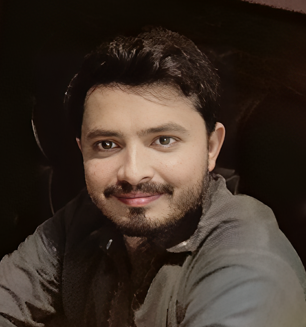
I’m a passionate blogger and senior website developer with an MPhil in Computer Science, blending technical expertise with a deep appreciation for the art of storytelling. With advanced knowledge of English literature, I craft content that bridges creativity and technology, offering readers valuable insights and engaging narratives. Whether building dynamic websites or exploring thought-provoking ideas through my blog, I’m driven by a commitment to innovation, clarity, and impactful communication.







